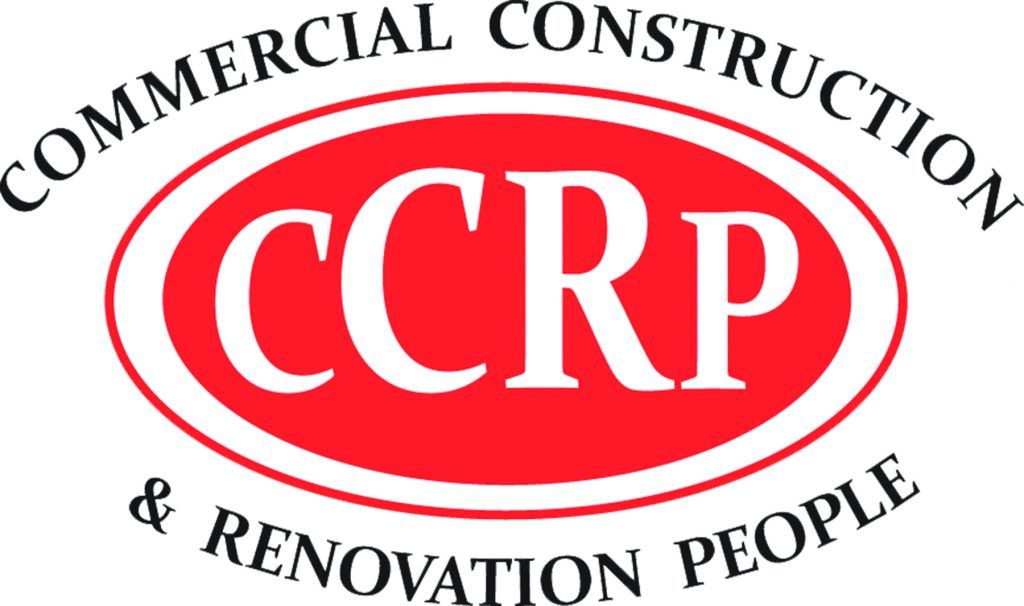When you’re racing against deadlines, juggling subcontractors, and waiting on permits, it’s easy to push pest control to the bottom of the priority list. After all, termites don’t show up on blueprints, right? But ask anyone who’s had to rip out newly installed drywall because of unexpected wood damage—those tiny insects can cause massive setbacks.
For project managers and general contractors working in termite-heavy zones like Phoenix, termite control isn’t just a line item—it’s part of the job. And ignoring it can turn a profitable build into a money pit.
Budget Now or Pay Later
Here’s the thing about termite damage: it doesn’t announce itself until the harm is done. By the time visible signs appear—buckling floors, hollow wood, sagging walls—the infestation has likely been festering for months or even years. And when it comes to new construction or renovation, repairing termite damage isn’t just about swapping out studs. It’s about demo, delays, permits, inspections, and unhappy clients.
That’s why seasoned builders in termite-prone cities rely on Spark Pest Control before the first nail is even driven. Whether it’s pretreating the soil or using termite-resistant materials, these strategies aren’t just proactive—they’re protective of your timeline, your budget, and your reputation.
Why Phoenix Construction Sites Are at Higher Risk
Let’s not sugarcoat it—Phoenix is prime termite real estate. The arid climate, combined with irrigation systems and wood-heavy construction, creates ideal conditions for subterranean termites. These pests thrive underground, and they only need a tiny crack in a slab or a damp bit of untreated wood to set up shop.
In short, if you’re building in Phoenix and ignoring termites, you’re building on borrowed time.
Here’s why the risk is amplified in this region:
- Warm year-round temperatures mean termites are active for longer periods.
- Urban sprawl disturbs termite colonies and drives them toward new builds.
- Irrigated landscaping near foundations provides moisture—a key ingredient for infestations.
- Concrete slab construction can hide termite tunnels until damage is severe.
Pretreatment: Your First Line of Defense
Think of termite pretreatment as the pest control version of pouring a foundation. Done early and done right, it forms a protective barrier between your structure and hungry invaders.
Common pretreatment methods:
- Soil treatment: Applying termiticides to the soil before slab pour or footing installation.
- Wood treatment: Spraying or treating lumber with insecticidal preservatives.
- Physical barriers: Using mesh or sand layers that termites can’t pass through.
When scheduled properly, these steps can be incorporated seamlessly into your project workflow—no delays, no drama. And compared to remediation costs, the price tag is modest.
Example: A soil pretreatment might cost a few hundred dollars on a small build. Ignoring it could cost thousands in repairs—and damage client trust.
Post-Construction Monitoring: Set It and Don’t Forget It
Even if you start with pretreatment, termite protection isn’t a one-and-done deal. Post-construction monitoring is key, especially for commercial or multifamily buildings where infestations can go unnoticed for long stretches.
Here’s how to stay covered:
- Install bait stations around the perimeter and check them quarterly.
- Schedule annual inspections—even if no signs are visible.
- Educate property managers to report mud tubes, swarming insects, or other red flags early.
It’s like checking the fire alarm batteries—you hope you never need them, but when you do, you’ll be glad you checked.
The Cost Comparison: Prevention vs. Remediation
Let’s get down to numbers. Because for GCs and construction pros, cost is always king.
Scenario A: You invest in termite prevention
- Soil pretreatment: $300–$700 depending on square footage
- Labor coordination: minimal (fits into existing schedule)
- Risk: low
Scenario B: You skip it, termites move in
- Damage repair: $4,000–$10,000 (or more)
- Possible delays: 2–6 weeks depending on permitting and scope
- Client relationships: strained
- Liability: increased
No brainer, right?
Termites Don’t Care About Aesthetic
You can spec the most beautiful hardwood floors, intricate trim, and high-end cabinetry—but termites don’t care about finishes. They care about cellulose. If it’s made of wood, they’ll eat it. And unfortunately, they often do it from the inside out.
That’s why termite damage frequently goes undetected until remodels or inspections. Builders and designers alike need to work with pest professionals early to protect both the structure and the look.
It’s Not Just About Homes
Termite control isn’t just for residential builds. Commercial projects face even greater risks:
- Medical offices and clinics: Termite treatments often involve odorless or low-toxicity products, which need careful planning around HVAC and ventilation systems.
- Restaurants and retail: Even a whisper of pest problems can trigger closures or negative reviews.
- Warehouses and industrial spaces: Termites can weaken load-bearing elements in large timber-frame buildings.
If you’re bidding on or managing a commercial build, termite prevention isn’t optional—it’s essential.
Avoiding Common Contractor Pitfalls
Even experienced pros can make termite-related missteps. Here are a few common ones (and how to avoid them):
Mistake: Thinking concrete means you’re safe
Reality: Termites only need a 1/32″ gap in a slab to sneak in. They’ll tunnel through expansion joints, plumbing access points, or cracks.
Mistake: Assuming treated wood is enough
Reality: Treated wood slows termites down—it doesn’t stop them. Use it as a layer in your strategy, not the whole plan.
Mistake: Skipping inspection post-renovation
Reality: Anytime you expose framing or dig near a foundation, you risk stirring up dormant colonies. Follow up with an inspection.
Termite Control Should Be Part of the Bid
Want to stand out as a builder or GC? Start baking termite protection into your initial proposals. It signals professionalism, foresight, and a commitment to long-term quality—not just finish-line photos.
Bonus: It also protects your brand from being linked to horror stories six months after move-in.
What Clients Don’t Know Will Hurt You
Homeowners and commercial property clients might not ask about termite control upfront. That doesn’t mean they won’t blame you when problems surface later.
So instead of waiting for termites—or complaints—be the builder who brings it up first.
You don’t need to be an expert yourself, either. Partner with a reputable pest control company that specializes in new construction. Let them handle the science; you handle the schedule.

Final Word: Build Smart, Build Safe
Here’s the truth no one likes to admit: termites don’t discriminate. It’s not about how “nice” a build is. It’s about how prepared it is.
In termite-heavy zones like Phoenix, controlling pests after construction is reactive—and expensive. Including prevention in your budget isn’t overkill—it’s good business.
So next time you’re reviewing your bid or finalizing your construction checklist, add one more line item: termite protection. Future-you (and your client) will thank you.





























